A fascinating decision by the Federal Court of Australia this week, that will have some significant implications for research in coming years.
The full bench of the Federal Court of Australia has ruled that private companies do have the right to control human genes. The court upheld a decision from February 2013Â that ruled patents on breast cancer genes were valid, because the method of isolating the gene created something new and could therefore be patented.
The reaction has been fairly swift from both the legal and scientific sectors.
Dr Luigi Palombi, a patent lawyer and Adjunct Professor in the School of Law at Murdoch University: “The decision ignores the bedrock principle of 400 years of patent law. Only an invention can be the subject of a patent. The decision ignores the scientific facts. It ignores good policy. And it ignores common sense. Australian ingenuity in the biological sciences is now handcuffed by this decision.”
Dr Palombi also questioned the inconsistencies at an international level:
“How is it possible that the U.S. Supreme Court unanimously came to the exact opposite result in only three months? Despite the attempt by the Full Federal Court to try and differentiate the precise claims between the Australian and U.S. patents that Myriad has over the BRCA 1 genetic mutations, the so-called invention is the same.”
This inconsistency has ramifications for local researchers as well :
“At the end of the day, the Australian patent claims pieces of genetic material (BRCA 1 gene mutations) extracted from the human body are an ‘invention’. How is that something anyone invented? American scientists, universities and companies now have the freedom to ignore patents over isolated biological materials that are not ‘markedly different to any found in nature’, but Australian scientists, universities and companies cannot. This decision reinforces the need for the Australian parliament to change patent law in Australia.â€
Paul Grogan, Director of Advocacy at Cancer Council Australia, sees legislative change as being required:
“Given the unanimous Federal Court ruling is an interpretation of Australian law, the law itself needs to change to protect healthcare consumers from gene monopolies … The patents system should reward innovation and help deliver affordable healthcare, not stymie research and increase costs by allowing commercial entities to control the use of human genetic materials.â€
I find it hard to disagree with either men – what’s your take?
[Release originally via Australian Science Media Centre]
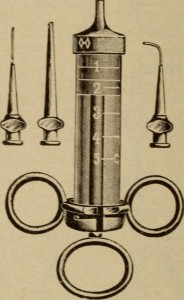
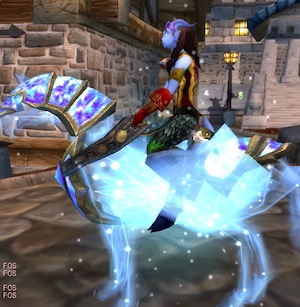
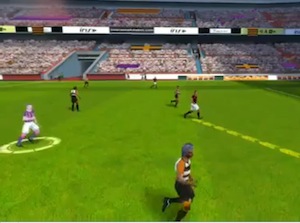
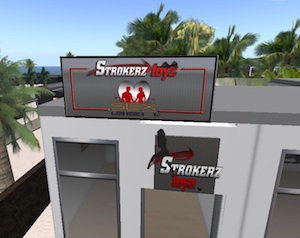 Kevin Alderman’s Eros LLC, a Florida company devoted to mature content which started operating in Second Life way back when, has been the star attraction before. Alderman, also known as Stroker Serpentine in Second Life, has been well-known for his successful, adult business ventures, as well as two successful legal actions for virtual environment based copyright/trademark infringement (one vs
Kevin Alderman’s Eros LLC, a Florida company devoted to mature content which started operating in Second Life way back when, has been the star attraction before. Alderman, also known as Stroker Serpentine in Second Life, has been well-known for his successful, adult business ventures, as well as two successful legal actions for virtual environment based copyright/trademark infringement (one vs 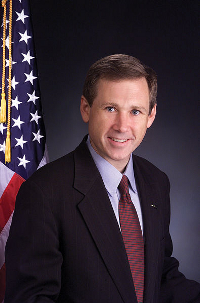
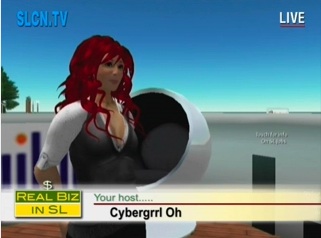
Recent Comments